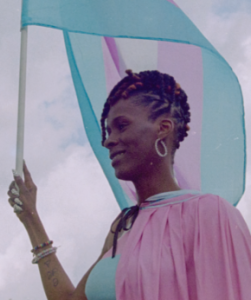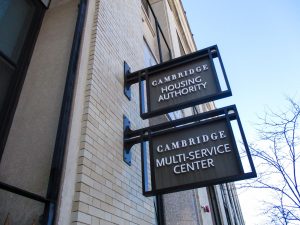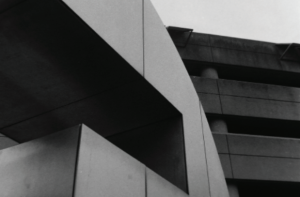A Look at Robotics Club: How It’s Wired
Pursuing STEM at CRLS
May 1, 2019
The Robotics Club at CRLS, found in Room 1201, has promoted creativity in engineering and design projects since it was officially moved to the school from the MIT campus in 2008. Members collaborate to complete challenges and overcome obstacles in order to construct the best design that the team can produce. With meetings lasting up to five or six hours daily during the on-season (January to March), the group is able to brainstorm, design, and build a robot for their competition in only six weeks. They then enter this design into two competitions, both organized by FIRST Robotics. The team is careful to keep creativity in mind as well as function, and though they have limited time for the creative brainstorming process, they have found interesting ways to incorporate their skill throughout the design while building. The pre-season from September to January is used to develop the skills necessary during the season and to teach newcomers everything that they need to know.
Club member Cole Killian ’19 reflects, “Joining the team was one of the best decisions that I made this year.” He especially appreciated incorporating computer science into their competition entry. “This was my first year on a FIRST Robotics team, so I was new to the whole process, but there were a ton of great resources for engineering and computer science and building robots.” Though the competition season is the most exciting part of the club for him, Killian is even enjoying all of the work now within the postseason. “During the postseason we start saving up for next year’s competition budget,” he explains. “We want to get nice bots working to gain publicity for the club.”
RSTA Engineering Instructor Conrad Hauck, who advises the team along with computer science teacher Luis Martinez, has been a part of the club for over ten years, dating back to when it was run through MIT. He appreciates that there is a balance, as within any student-led club, between helping the students and allowing them to have independence. “We advise, but we don’t interfere,” he says. This student-mentor relationship is one of many aspects that contribute to the positive dynamic of the club.
“Robotics has taught me not only how to be a better engineer, but what it’s like to work together as a team,” describes Kailash Nakagawa ’19, who serves as captain of the team. Nakagawa remembers the club as having a very restricted environment in terms of experience when he joined as a freshman with no background knowledge. He is satisfied with the current environment, however, and feels that he has contributed to creating a positive and open space for people with little to no background in robotics. “Even though it’s great if you have some, we never expect any experience,” he elaborates. “We think it’s unreasonable to expect people to know everything about robotics coming in.”
As he reflects on the club’s accomplishments during the past few years of his membership, Nakagawa is especially proud of the team receiving the Creativity Award and Judges Award during the 2018 season. The challenge was to build a robot that could move a milk crate, and instead of a robot with a forklift or arm, the team chose an unconventional approach in which the crates were shot up into the air, the tests of which created noticeable dents in the ceiling of Room 1201. “Getting to bounce ideas off of each other here is really exciting,” Nakagawa adds, “but overall, building things is [what’s] keeping me sane.”
This piece also appears in our April 2019 print edition.

![[FEATURED] Robotics (Sakib Asraf)](https://registerforum.org/wp-content/uploads/2019/04/FEATURED-Robotics-Sakib-Asraf-900x600.jpg)









